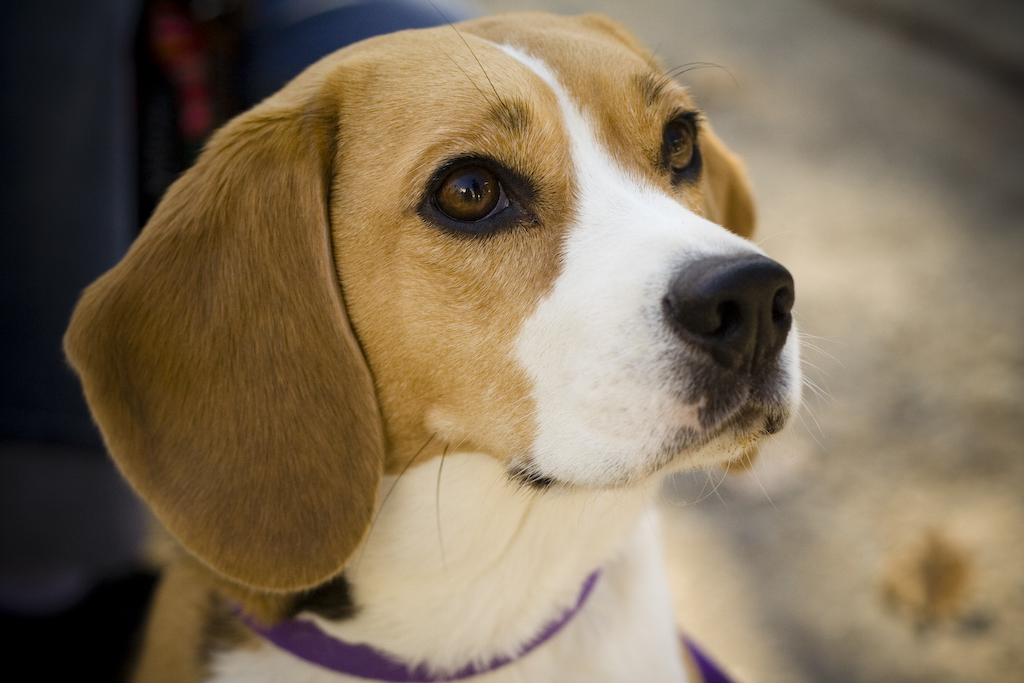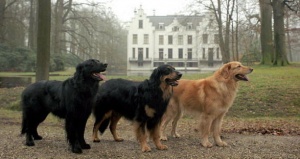 |
| Vital Statistics: |
| Place of Origin: England |
| Group: Herding dog |
| Height: 13-16 in. |
| Weight: 30 lbs |
| Life span: 10-15 yrs. |
| Trainability: high |
| Good with children: yes |
| Good with other pets: yes, with early socialization |
The Shetland Sheepdog, “Sheltie”, is possibly related to the Collie although it is not a miniature collie as it was once referred to. It was bred to a small Sheland Isle dog and by 1700 the breed looked pretty much as it does today.
What does the Shetland Sheepdog look like?
The Sheltie is a sturdy little dog. Height is 13-16 inches tall and weight 30 lbs. The head is a long wedge tapering to a black nose. Eyes are almond-shaped, dark brown or blue with the merle coat. Ears are set high, semi-erect with folded tips. The tail reaches the hocks. The Sheltie’s outer coat is hard and long with an abundant mane. The undercoat is soft and dense and is weather resistant. Coat colors are fawn, black and white, blue merle (grey, white, black and tan) or tri-color (black, tan and white), sable and white. Its long coat should be groomed frequently.
What is the Shetland Sheepdog’s temperament?
The Sheltie is shy with strangers, very loyal to its family, It is good with children and other pets. The Sheltie can be stubborn and should be trained early with a gentle hand. It is very affectionate, lively and is considered one of the most intelligent dogs. The Sheltie can live comfortably in an apartment but needs daily walks and stimulating exercise.
What are the Shetland Sheepdog’s uses?
Despite its small size the Sheltie is a working dog. It has been used to herd cattle and sheep. It is also a good watchdog. It does well in obedience trials as it loves to please its owner. The Sheltie is an outstanding loyal companion dog.
Possible Health Issues
Genetic eye problems, congenital deafness, hip dysplasia, patellar luxation, hypothyroidism, patent ductus arteriosis (congenital heart defect), von Willebrand’s Disease, skin allergies, Sheltie Skin Syndrome, epilepsy
- Australian Cattle Dog
- Australian Kelpie
- Australian Shepherd
- Bearded Collie
- Beauceron
- Belgian Sheepdog – Groenendael
- Belgian Tervuren
- Bergamasco
- Berger Picard
- Blue Lacy
- Border Collie
- Bouvier des Flandres
- Briard
- Cardigan Welsh Corgi
- Catahoula Leopard Dog
- Collie
- English Shepherd
- Entlebucher
- Finnish Lapphund
- German Shepherd
- Hovawart
- Icelandic Sheepdog
- Laika
- Lancashire Heeler
- Miniature American Shepherd
- Mudi
- Old English Sheepdog
- Pembroke Welsh Corgi
- Polish Lowland Sheepdog
- Puli
- Pumi
- Pyrenean Shepherd
- Standard Schnauzer
- Swedish Vallhund
- Airedale Terrier
- Beagle
- Bedlington Terrier
- Bluetick Coonhound
- Border Collie
- Border Terrier
- Bull Terrier
- Bulldog
- Bullmastiff
- Ca de Bou
- Cavalier King Charles Spaniel
- Clumber Spaniel
- Collie
- Curly-coated Retriever
- Dandie Dinmont Terrier
- English Cocker Spaniel
- English Foxhound
- English Setter
- English Springer Spaniel
- English Toy Terrier
- Flat-coated Retriever
- Golden Retriever
- Greyhound
- Harrier
- Jack Russell Terrier
- Lakeland Terrier
- Lancashire Heeler
- Llewellyn Setter
- Manchester Terrier
- Mastiff
- Norfolk Terrier and Norwich Terrier
- Old English Sheepdog
- Old English Terrier
- Otterhound
- Parson Russell Terrier
- Smooth and Wire-haired Fox Terrier
- Sussex Spaniel
- Welsh Terrier
- Whippet
- Wire Fox Terrier
- Yorkshire Terrier


